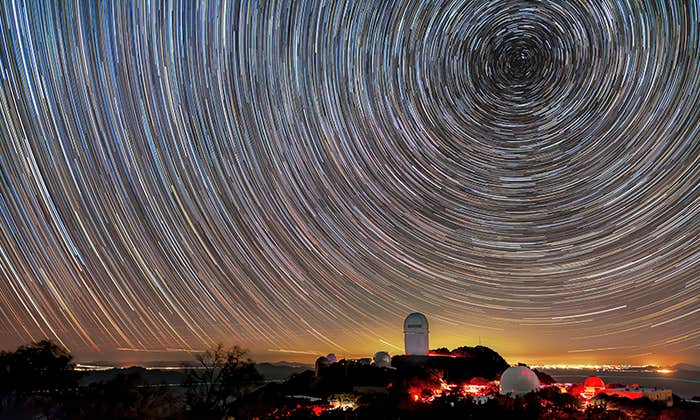This year has been a huge one for astronomy. This spring, a haunting picture of the black hole and the center of our galaxy emerged for public viewing. The world marveled over stunning inaugural images released this summer from the long-overdue James Webb Space Telescope. Millions followed every fraught moment of the Artemis launch this fall.
But there’s so much more that has been purring under the hood of astronomy this year that the public didn’t get to hear about. Important work, significant insights, and major advances that didn’t make splashy headlines or background-worthy images. Results that professional astronomers got giddy about and that will drive the next era of major discoveries and insights.
To give more of these worthy advancements their due, I have pulled together 10 of the most-cited, most-read papers of the year—and rather unscientifically curated them based on my own perspectives as an astrophysicist.
Dark matter simply refuses to reveal its identity.
(Methodology: To generate the foundations of this list, before my own editorial filter, I used NASA’s Astrophysics Data System, which catalogs all astrophysics research output, including papers, celestial objects, and databases, and I sorted all of 2022’s publications by citation count. This metric is naturally biased to papers appearing toward the beginning of the year because it takes time to publish new work. To balance that skew, I also generated a list based on read counts. While this second number is incredibly imprecise, it does give a general sense of what papers other astronomers found important enough to dive into.)
Here are the most interesting astronomy papers of the year, mainly according to other astronomers—and somewhat according to me:
10. Behold This Dataset
Perhaps counterintuitively, some of the most important advances in astronomy come not from discovering a new galaxy or an intricate facet of physics but instead just from a giant dump of fresh data. To generate such incredible reams of new data, astronomers around the world form massive collaborations of hundreds of researchers, pooling their resources to build a new observatory. Then they let that sucker run. After getting the first crack at the data for themselves, they released all of it to the public.
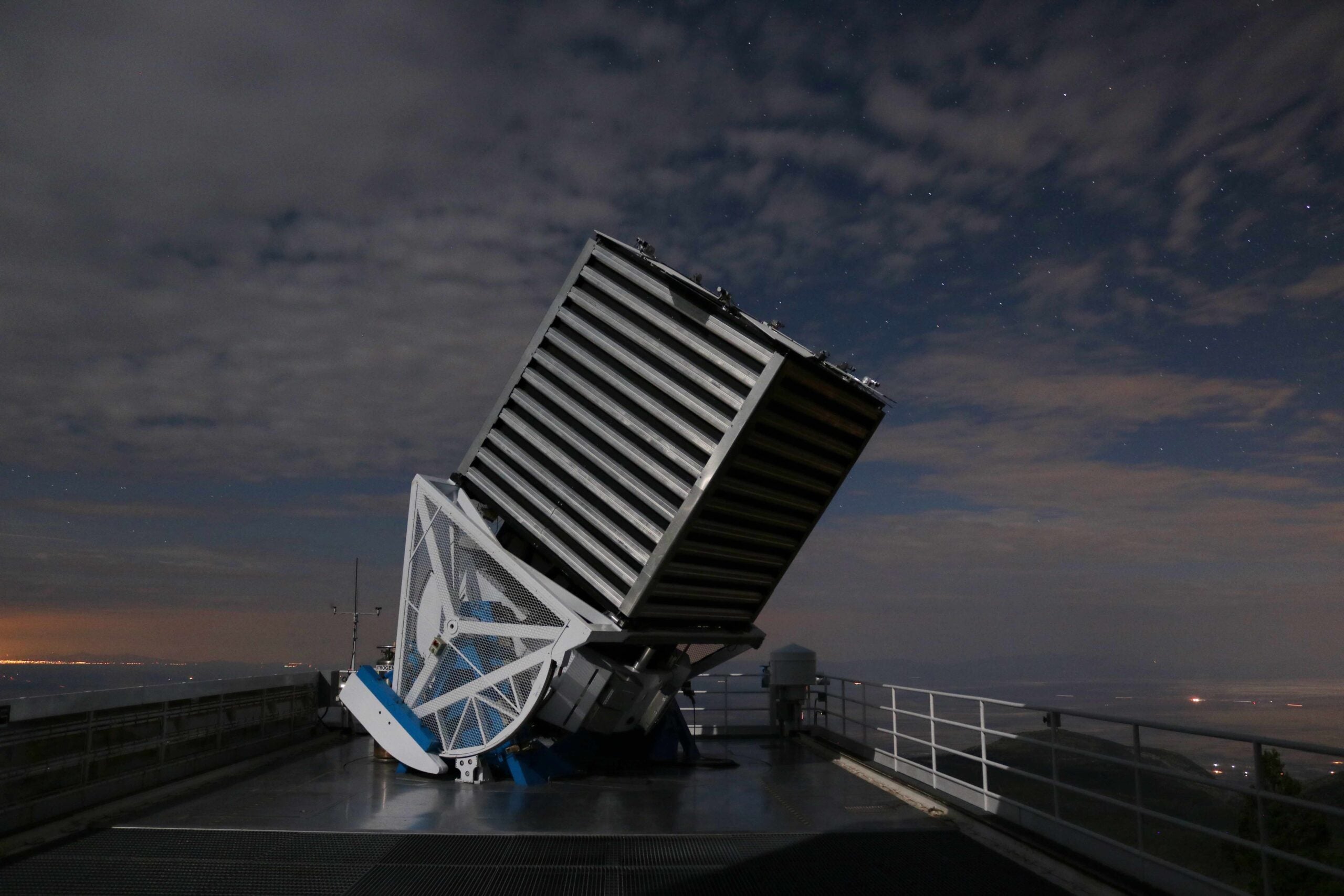
This year brought a much-anticipated drop from the long-running Sloan Digital Sky Survey, which unlocked their 17th public data release. The updated dataset includes a wealth of new information about the cosmos, including fine-grained details for more than 10,000 nearby galaxies and 650,000 stars, along with many “value-added” catalogs that incorporate analyses that the members of the collaboration have performed. It’s all free, so dive right in!
9. The Celestial Road to Quantum Gravity
It’s hard to compete with a good review article. Even though they don’t bring forth new data, good ones can provide a focal point for researchers to express frustration, hope, and expectation for the future. Sometimes these reviews look back. And sometimes they look forward, providing scientists a clear, common groundwork for advancing.
This year there was one that tackled one of the holy grails of modern physics: the quest to unite our understanding of gravity with quantum mechanics. This thing called quantum gravity has eluded physicists for over half a century, so astronomers figured maybe they should take a run at it. After all, the universe itself regularly provides energies quadrillions of times larger than anything we could ever hope to create in our puny laboratories. So the thinking goes that careful observations of high-energy phenomena out in space could yield clues to the ultimate mysteries of the universe. One of this year’s top-cited review papers provided a solid proposal for what kinds of observations we need to make and what technologies we need to unlock those discoveries. So let’s get cracking.
8. The Hubble Olympics
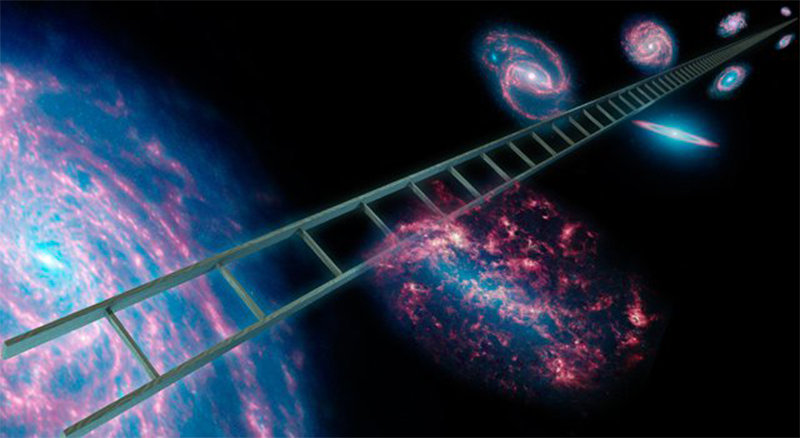
By far the hottest topic in cosmology for the past few years has been a disagreement about the value of the expansion rate of the universe, known as the Hubble constant. Incredibly accurate probes of the early universe give one result, while slightly-less-accurate-but-still-excellent probes of the nearby universe give a different value. Those differences are only a few percentage points, but our measurements are accurate enough that it’s significant.
Observatories around the world and in orbit are now uncovering thousands of other worlds every single year.
In the face of this apparent discrepancy, cosmologists have been hard at work digging into the gritty details of the observations and developing theoretical models that could potentially explain the results. There have been an overwhelming number of papers published on the topic over the past few years, and so sometimes it’s useful to take a breath, pause a little, and review the current situation. And so, one of the most highly cited papers this year is not an advance forward, but a look back. The review summarizes almost every explanation put forward to date and compares their strengths and weaknesses. Spoiler alert: Nobody’s solved it yet.
7. Primordial Black Holes Just Won’t Die
Decades ago, Stephen Hawking wondered aloud whether the exotic conditions of the early universe would have flooded our cosmos with tiny black holes. These “primordial” black holes might explain the existence of dark matter, the mysterious component of the universe that makes up the bulk of the mass of every galaxy yet does not interact with light. Ever since, astronomers have been on the hunt for these enigmatic creatures, only to find that if you want to populate the universe with enough of them to explain the dark matter (which is a lot) it violates all sorts of observations, especially the maps we’ve made of the cosmic microwave background.
By and large, primordial black holes have since been ruled out. But there are still narrow ways for them to exist and survive observation tests. More recently, estimates suggest that traditional black holes (that is, ones born from dying giant stars) have trouble accounting for the number of black hole mergers that have been detected by gravitational wave observatories. This wrinkle has brought primordial black holes back from the dead. And so this year serves another round of studies, still largely ruling primordial black holes out, but not completely killing them. This recent paper, which got a lot of attention among astro-nerds, explored many different models of generating primordial black holes, trying to see if any of them could account for the perplexing black hole merger rates. The answer is … maybe.
6. Zero Dark Matter
To say that astronomers write a lot of papers about dark matter every year would be an understatement. (Heck, I’ve written a few on the subject myself.) But that’s because it’s endlessly fascinating and mysterious. Dark matter simply refuses to reveal its identity. We see the gravitational evidence for dark matter everywhere we look, from the rotation rates of stars within galaxies to the evolution of the largest structures in the cosmos. And yet we have been unable to identify what, exactly, that dark matter is made of.
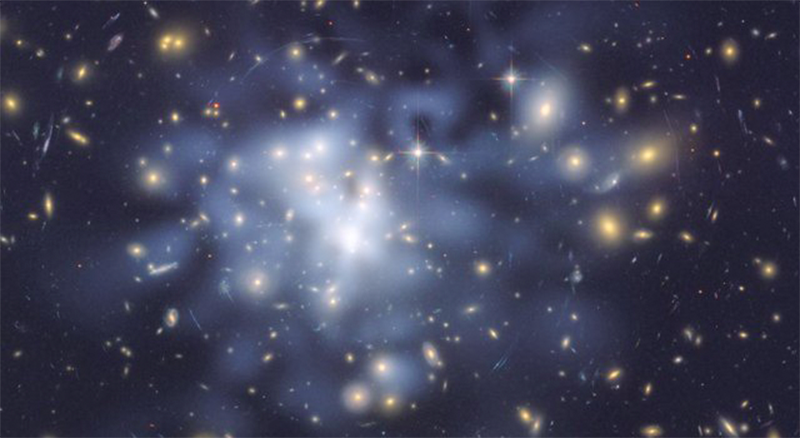
A new review paper summarizing our current failure to find dark matter in Earth-based experiments has garnered tons of citations in less than a year. As scientists continue to try to understand dark matter, it’s critically important to keep the latest (non-)results in mind, as these are the frameworks that will shape the future of dark matter research. There likely won’t be any fanfare or big bold headlines about dark matter in the near future, just scores of scientists working diligently to chip away at a stubborn puzzle, which this new paper helps to organize.
5. James and the Giant Carbon World
Sure, the James Webb Space Telescope rightly deserved the attention it got. After years (and by some measures, decades) of delays and billions overspent, the observatory finally launched on Christmas day of 2021. Scientists and engineers then spent the next few months calibrating and testing their new toy before finally turning to science operations in the summer. The first batch of images showed gloriously detailed gas clouds, far-flung galaxies from the ancient cosmos, and more.

What didn’t get a lot of press from the telescope, however, were the spectra, which are in many ways far more useful to astronomers. The spectrum of an object reveals how much of what light wavelengths the object emits or reflects, and from that information astronomers can deduce what the object is made of. In one paper that hasn’t earned a lot of citations (yet) but generated a lot of reading interest, a team of astronomers used the James Webb to conclusively identify the presence of a familiar gas in the atmosphere of an alien world: carbon dioxide.
4. Water, Water, Everywhere, and Not a Drop to Observe
Exoplanets are having their day in the academic sun. What started as a quirky little side-project in the 1990s has now blossomed into a major branch within the field of astronomy. Observatories around the world and in Earth’s orbit are now uncovering thousands of other worlds every single year. But we haven’t yet found one that reminds us of home.
While the searches continue, theorists have busied themselves trying to determine what kind of planets might host life like our own. And we know that life like our own needs liquid water to survive. In one new important paper that didn’t make headlines, researchers figured out what conditions have to be met for exoplanets to host liquid water. Weirdly, it seems to have a lot to do with a planet’s density, not its overall size. Based on the number of downloads, astronomers around the world were just as surprised by this conclusion.
3. Blue Monster Blues
It’s dust. The answer is always dust. This past summer, the James Webb observatory made major headlines when astronomers apparently discovered galaxies that appeared too mature for their age. While the headlines claimed that the observations broke our understanding of the Big Bang, they failed to pick up on the interesting astrophysical puzzle they presented.
Astronomers believe these stars are perhaps ancient enough to have formed the building blocks of the Milky Way.
One of the primary goals of the James Webb is to study some of the earliest galaxies that first formed in the universe. Astronomers expected those galaxies to be … well, young. The trouble is that in one of the first batches of data released, scientists instead found mature looking, fully evolved “blue monster” galaxies appearing in the early cosmos. Professional astronomers didn’t think that this challenged the Big Bang model, but instead figured that there was something funky that we didn’t fully understand about galaxy evolution. Like the fact that they might spit out a lot of dust in their early ages, changing their character and making them appear older than they really are, as suggested by one well-read paper making the rounds this year. The paper also promises a pathway to testing this idea using other observatories.
2. The Milky Way Needs a Multivitamin
The Event Horizon Telescope collaboration made big news when they finally released their long-awaited image of Sagittarius A*, the awkwardly named supermassive black hole sitting at the center of our galaxy. That observation gave us, along with the evocative image, brand new information about the Milky Way’s center.
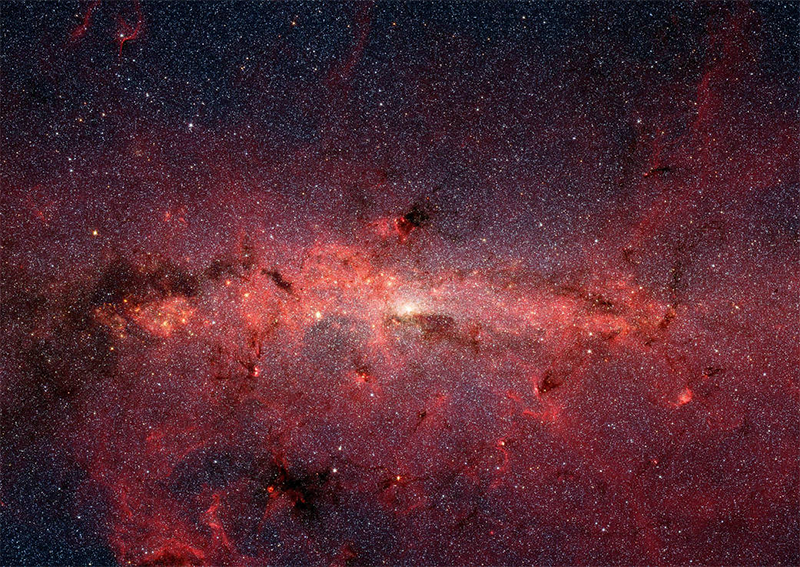
Flying under the radar of the public’s awareness, however—but not missed by astronomers—came a paper that took other public data, from the Gaia consortium, and used it to figure out what the stars in the galactic center are like. There they found populations of stars that were “metal poor,” meaning that they did not have a lot of elements heavier than hydrogen and helium inside them. Because of this, the astronomers believe that these stars are incredibly ancient, perhaps old enough to have formed the building blocks of the Milky Way billions of years ago.
1. Everyone Loves a New Method
What kinds of papers make a big impact? Sometimes it’s a major theoretical advance that unlocks new understanding. Sometimes it’s an unexpected observation that reveals a mystery of nature begging to be solved. Sometimes it’s a review that artfully curates and organizes the present state of the field.
And sometimes it’s … a method. A technique. A new tool that scientists can employ in their own work. These kinds of papers almost never make headlines, but scientists certainly take notice, as is the case for a crucial new paper with the eye-glazing title of “Gaussian Process regression for astronomical time-series.” I won’t go into the nuts and bolts of the paper (except to say that Gaussian processes are really cool, allowing us to easily model a wide variety of physical systems). But I chose this paper to close out our list because sometimes you’ll never, ever hear about some of the most important work done in research. The work that doesn’t create a new discovery by itself, but enables new discoveries through a newfound insight in how to do science better. And while papers like this may not garner much ink in the presses, it and others like it will shape astronomical work for many new years to come. ![]()
Paul M. Sutter is a research professor in astrophysics at the Institute for Advanced Computational Science at Stony Brook University and a guest researcher at the Flatiron Institute in New York City. He is the author of Your Place in the Universe: Understanding our Big, Messy Existence.
Lead image: Siberian Art / Shutterstock































